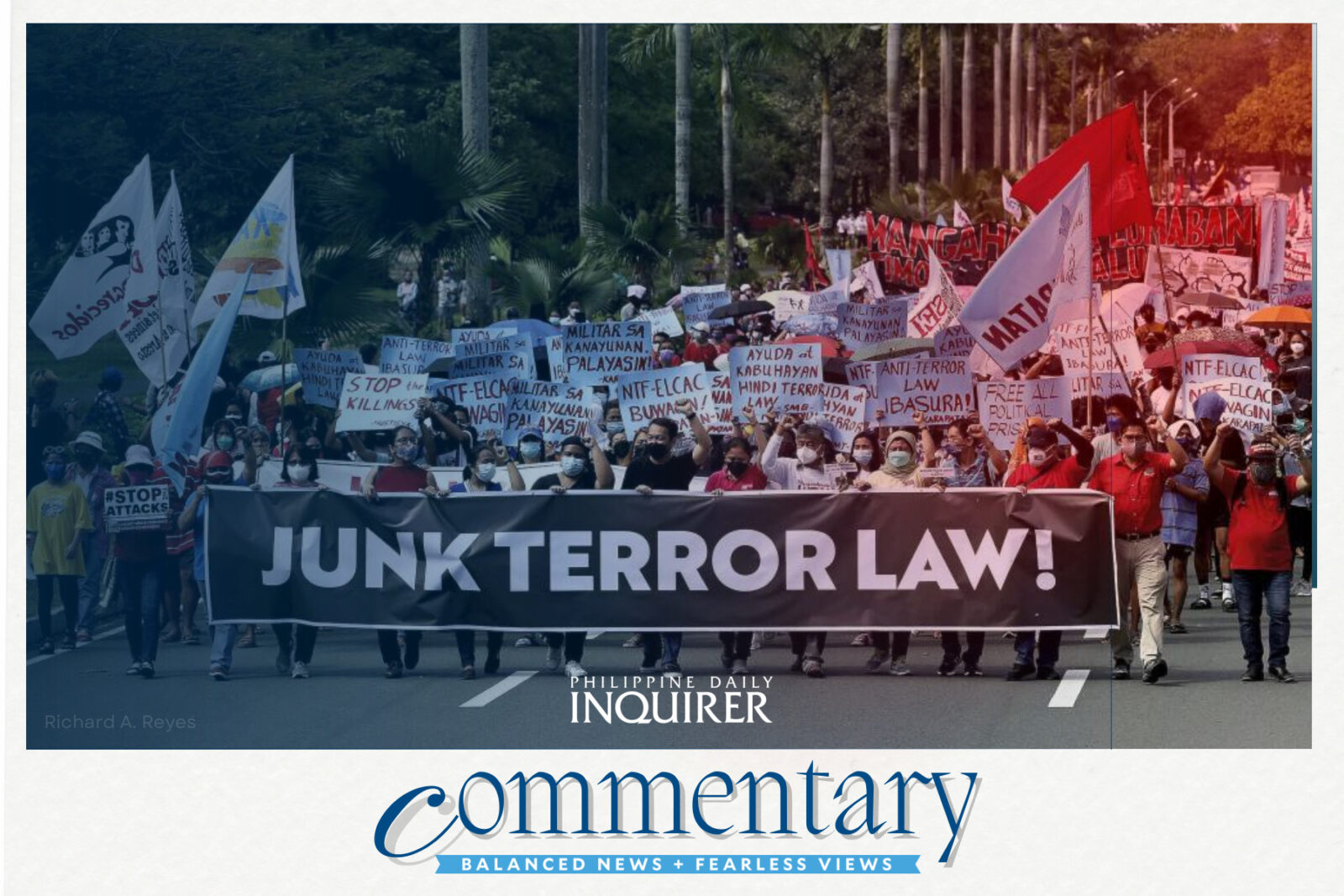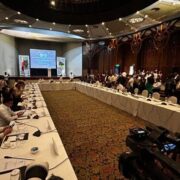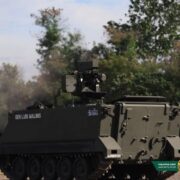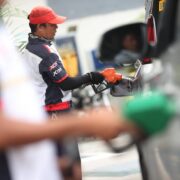Curbing the proliferation of illegal firearms

The proliferation of illegal firearms in the country is as consequential to national security as the continued inability of the government to solve the problem. Both enable the eruption of violent and oftentimes deadly conflict. Yet reliable information from the Philippine National Police Firearms and Explosives Office about the scale and cost of gun-related violence has been found wanting, a lack of information that has hindered effective and legislative action.
The simple truth is that you cannot control what you cannot count.
The problem dates back to World War II. Vintage weapons such as the Garand rifle, the Colt revolver, and the Thompson submachine gun were not impounded after the war and are still available in gray markets. These illegal guns have multiplied due to criminality, rebellion, and extremism. The government has tried to capture illicit guns through buy-back schemes and gun amnesty laws, but with little success.
In 2022, the Japanese government provided the Bangsamoro Autonomous Region in Muslim Mindanao (BARRM) some P224 million to establish a system for the management and reduction of privately owned small arms and light weapons called Assistance for Security, Peace, Integration, and Recovery for Advancing Human Security in BARMM (ASPIRE). However, a cursory look at news reports of illegal firearms used in violence leading up to the 2025 elections indicates that most firearm-related incidents in the last six months occurred in the BARRM.
And yet the region’s security forces confiscated a low number of illicit weapons. The police regional office in the region monitored 27,000 loose firearms in 2024. From January to February 2025, at least 300 were surrendered and seized.
The problem is magnified by the number of weapons that are unlicensed but unconcealed because they remain in the possession of both decommissioned and un-decommissioned combatants of the Moro Islamic Liberation Force, who are shielded from arrest by the Bangsamoro peace agreement.
As of 2025, there are more than 545,000 loose firearms due to revoked licenses, according to a House hearing in January 2025. This figure does not include an estimated 420,000 unregistered firearms in the hands of roving civilian police aides involved in various anti-crime campaigns.
Illegal guns captured by law enforcers are collectively called Captured, Confiscated, Surrendered, Deposited, Abandoned, and Forfeited (CCSDAF) firearms. They are in the possession of the PNP, Armed Forces of the Philippines, and other law enforcement agencies.
From 2015 to 2023, a total of 165,936 CCSDAF firearms were reported by the PNP to be in its possession. From July to November 2024, it reported an additional 68,709, distributed regionally and containing a mixed arsenal of handguns, machine pistols, and sophisticated assault and sniper rifles.
As an immediate step, the government can dramatically reduce the number of illegal weapons by simply decommissioning or destroying all captured weapons in its inventory, including those confiscated in the election-related gun ban currently in place for the 2025 midterm elections.
Their accounting, reporting, and immediate decommissioning is an opportunity for government to build citizens’ trust on its ability to curtail the problem, while the PNP is also able to show proof of physical control.
Given the segmented system of storing weapons, guns become vulnerable to pilferage, the poaching of serviceable parts, and resale and recirculation (e.g., to force multipliers such as the Civilian Armed Forces Geographical Unit or to security firms and private armies). In short, the longer it takes to place these weapons under inventory and storage, the more likely they’d disappear into the black market.
This is particularly critical in the BARRM. In contrast to the rest of the country, the January to September 2024 accomplishment report of its police regional office showed a puny number of 724 CCSDAF firearms distributed among the regional field unit and provincial field units of the Criminal Investigation and Detection Group, supply units of municipal police stations, and field units of the AFP. In Basilan, the ASPIRE Project reported 771 illegal firearms surrendered and 556 stenciled in exchange for various farm inputs. However, there was no forensic recording of the guns which were immediately returned to their owners, rendering the process inutile.
The government’s campaign against illegal firearms needs a persuasive and overarching framework and narrative that can only be supplied by a dedicated agency focused on curtailing its proliferation. This does not lack precedence, as seen in the likes of the Philippine Drug Enforcement Agency and the Presidential Anti-Organized Crime Commission. There should be one such agency tackling the scourge of illegal guns.
—————-
Ed Quitoriano is the policy specialist on guns at the Council for Climate and Conflict Action-Asia, and the author of a chapter on illegal weapons in the book, “Out of the Shadows,” which won a National Book Award in the Social Sciences in 2017.

















